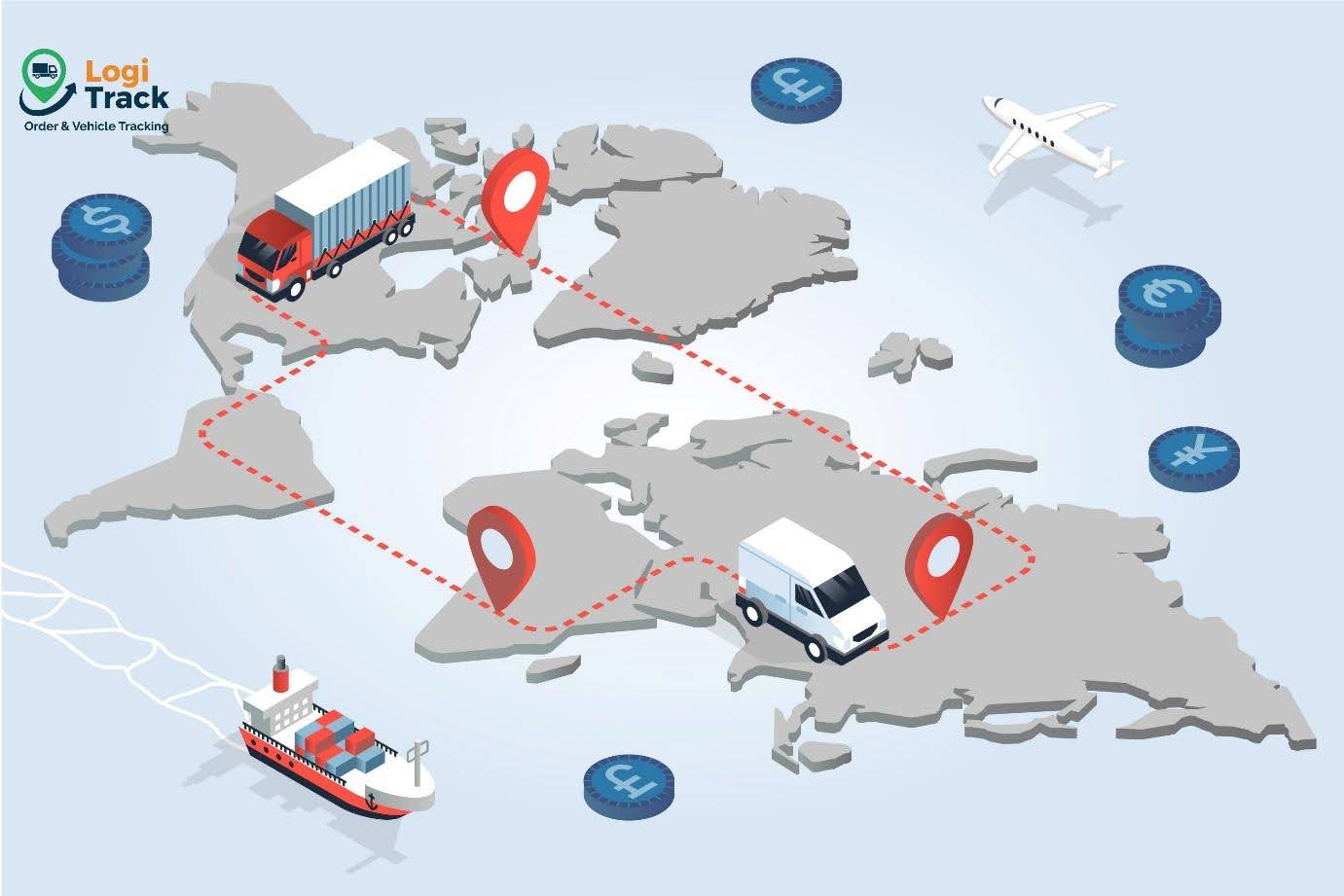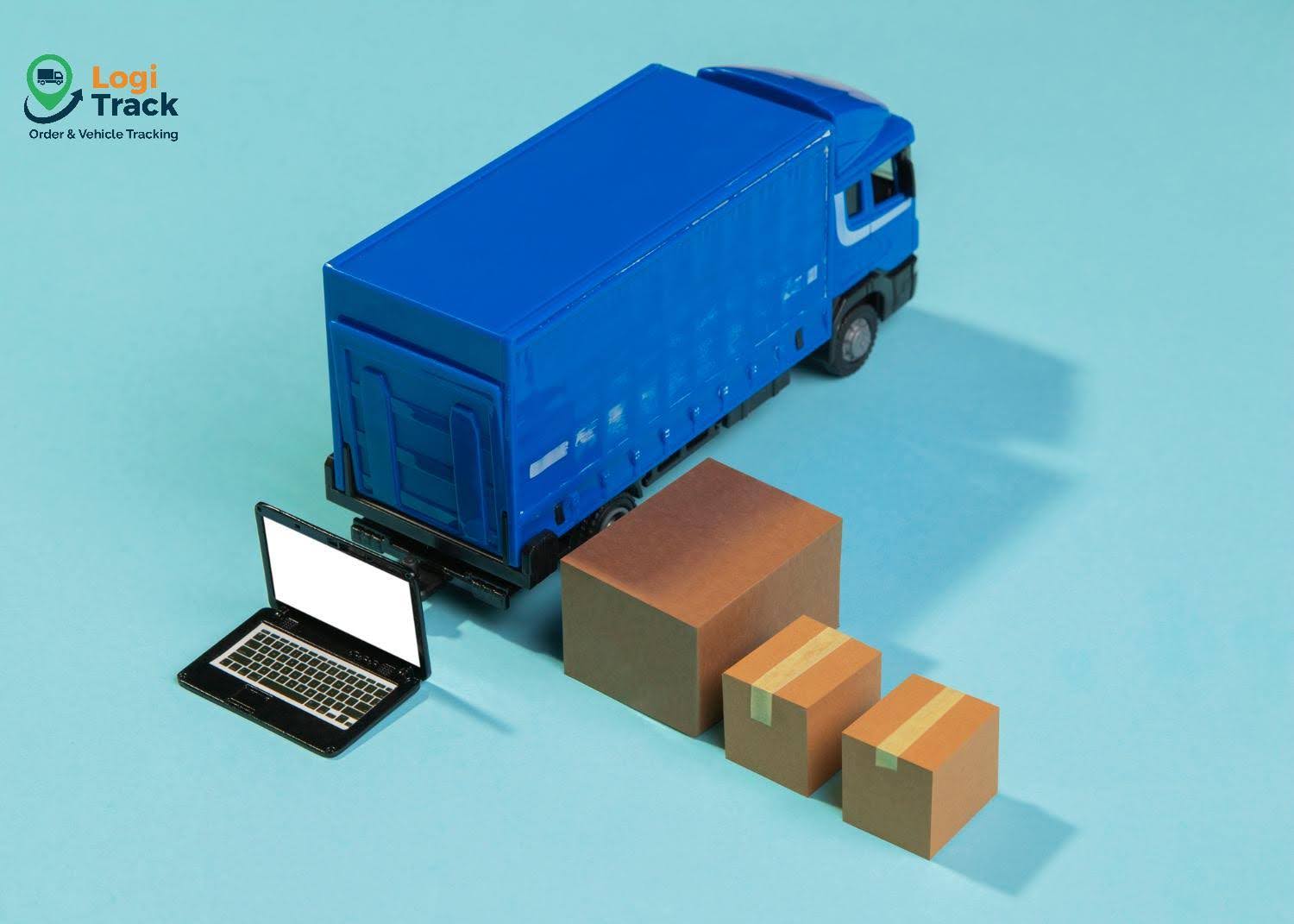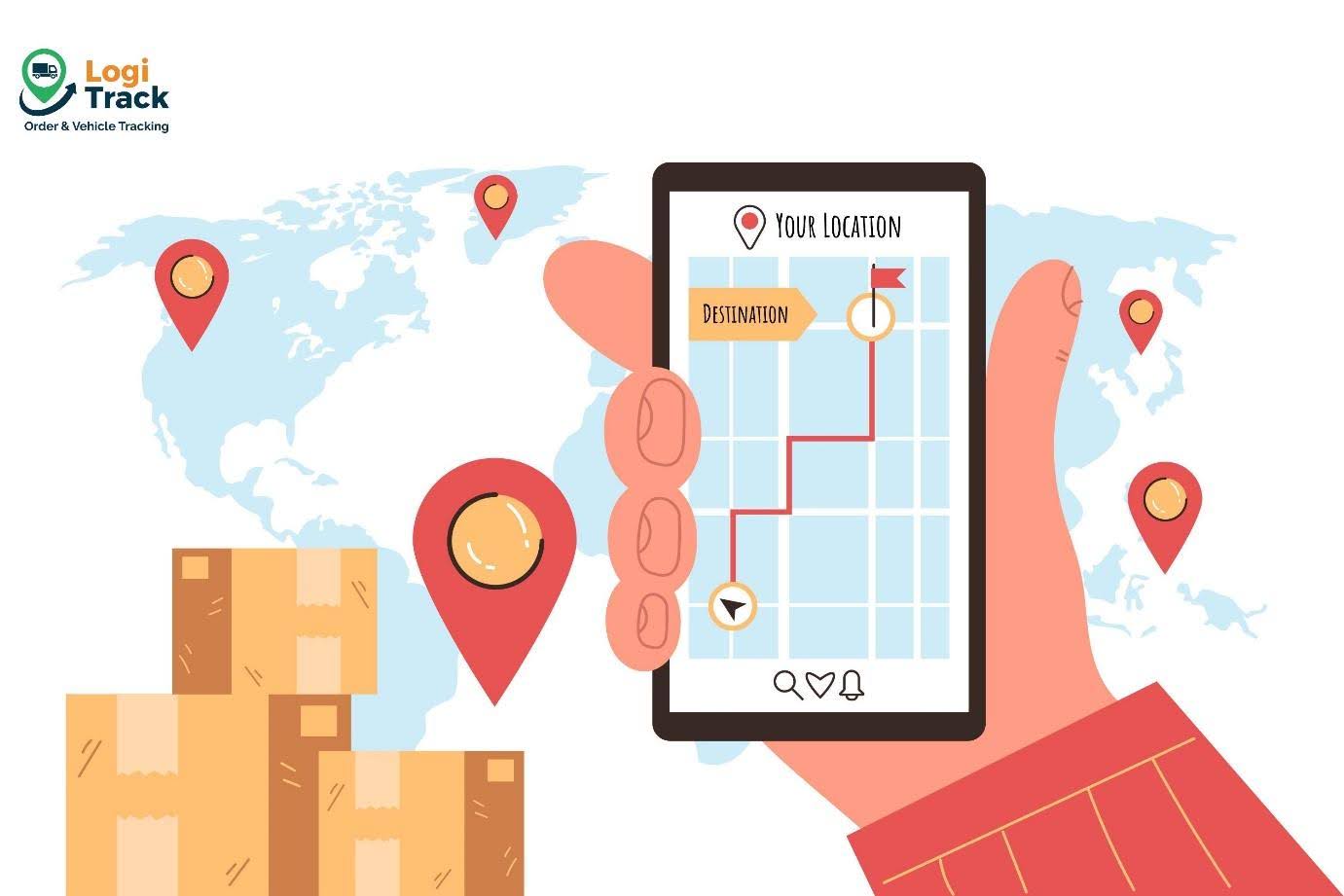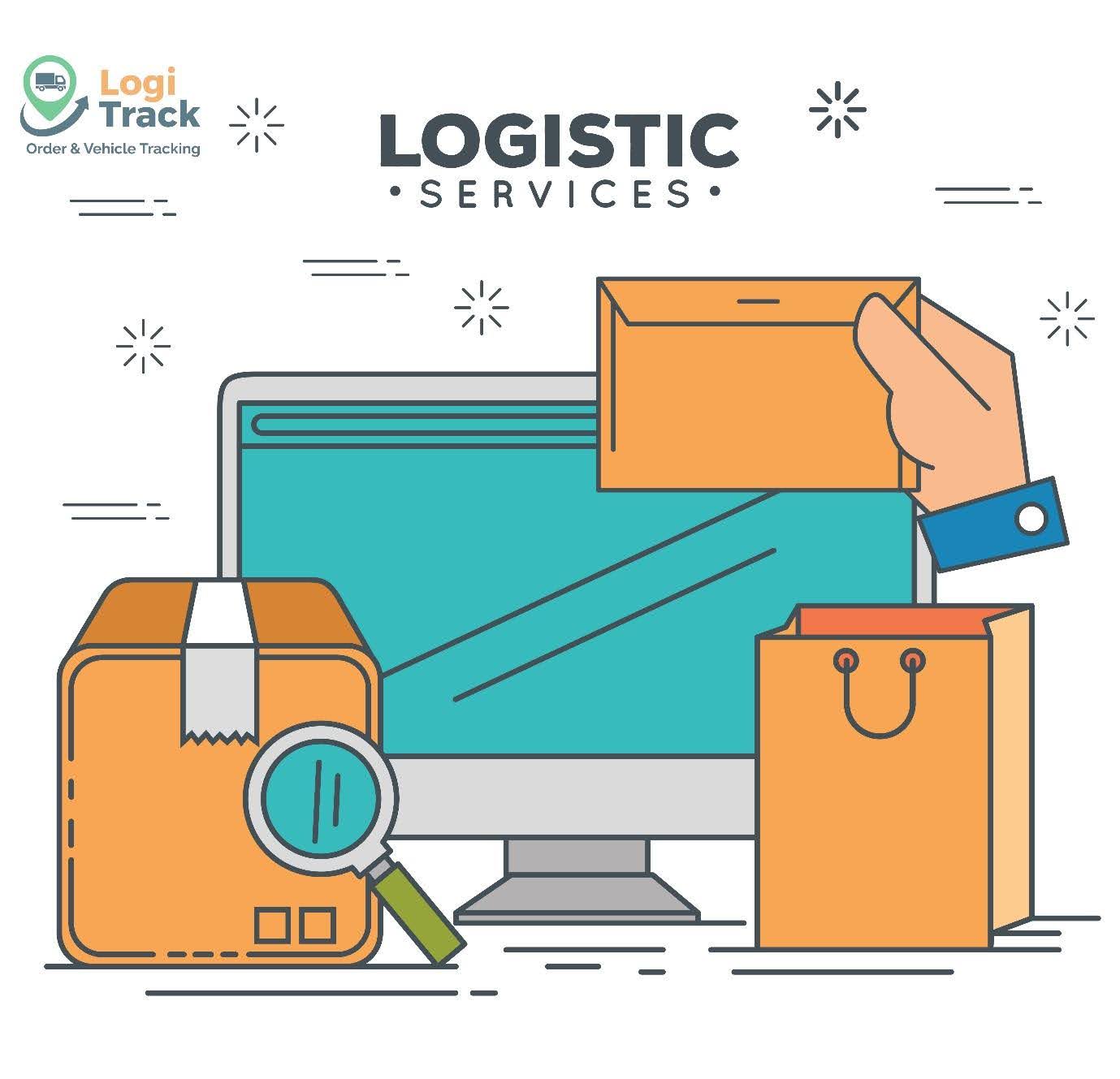In today’s era, the logistics industry is growing rapidly, and freight transportation is one of the most crucial factors for many businesses. However, manual management using paper records is inefficient and involves numerous risks. Therefore, freight management software has become a technological solution that optimizes the entire transportation process. To better understand what freight management software is, its structure, and its main functions, let’s explore the following information. 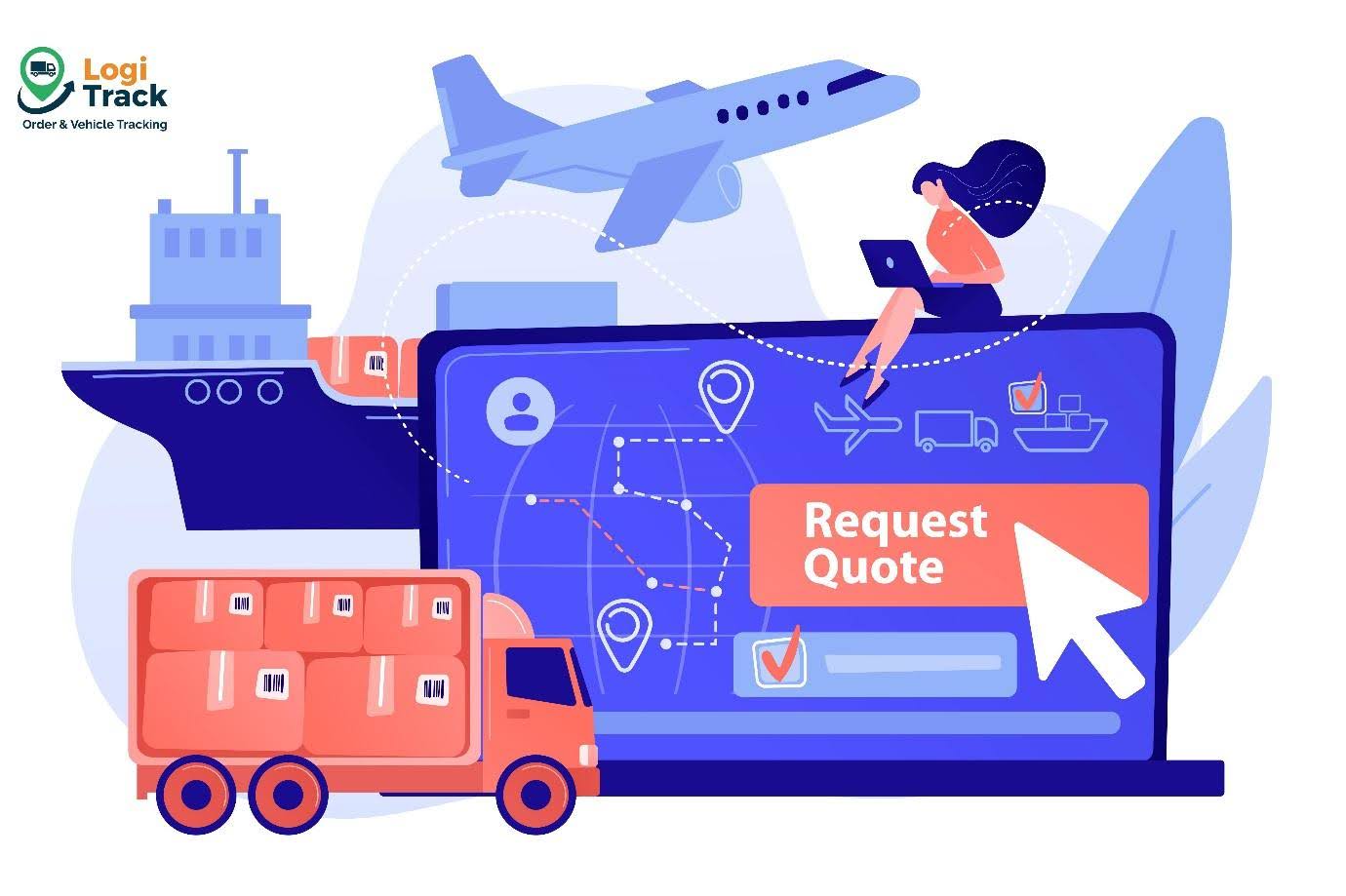
Problems When Businesses Do Not Use Freight Management Software
What is Freight Management Software?
Freight management software is a system designed to manage, track, and optimize all activities related to a company’s freight transportation. From this platform, businesses can automate the entire process—from receiving orders, planning deliveries, vehicle tracking, and route monitoring to generating performance and operational cost reports.
Issues Faced by Businesses Without Freight Management Software
In the era of advanced logistics, freight transportation plays a vital role in the supply chain. However, many Vietnamese companies still rely on outdated management methods such as Excel spreadsheets, paper documents, or manual communication between dispatchers and drivers instead of adopting modern freight management systems.
This leads to several serious problems:
-
Significant time consumption in processing and updating orders.
-
Frequent errors, lost documents, and delayed deliveries.
-
Difficulty in controlling transport costs, especially fuel and labor.
-
Lack of centralized data for performance evaluation.
As a result, operating costs increase, productivity decreases, and the company’s reputation is damaged. In a highly competitive market, these limitations cause many logistics businesses to lose their advantages.
Consequences of Not Implementing Freight Management Software
Manual transport management not only increases expenses but also causes businesses to lose control of their entire logistics chain. Below are some common consequences:
Lack of Transparency in the Transportation Process
Without freight management software, information about orders, vehicles, drivers, and routes is not synchronized. Businesses cannot monitor delivery status in real time, resulting in delayed responses to customers, reduced reliability, and a poor service experience.
Waste of Resources and Labor
Dispatchers must manually input data and compile reports from multiple sources. This process is time-consuming and error-prone, especially for companies handling a large number of orders or multiple delivery routes per day.
Inability to Optimize Fuel Costs
Without route analysis tools, selected routes are often inefficient, leading to unnecessary detours and empty return trips. This increases fuel consumption and hidden costs that directly reduce profits.
Structure of Freight Management Software 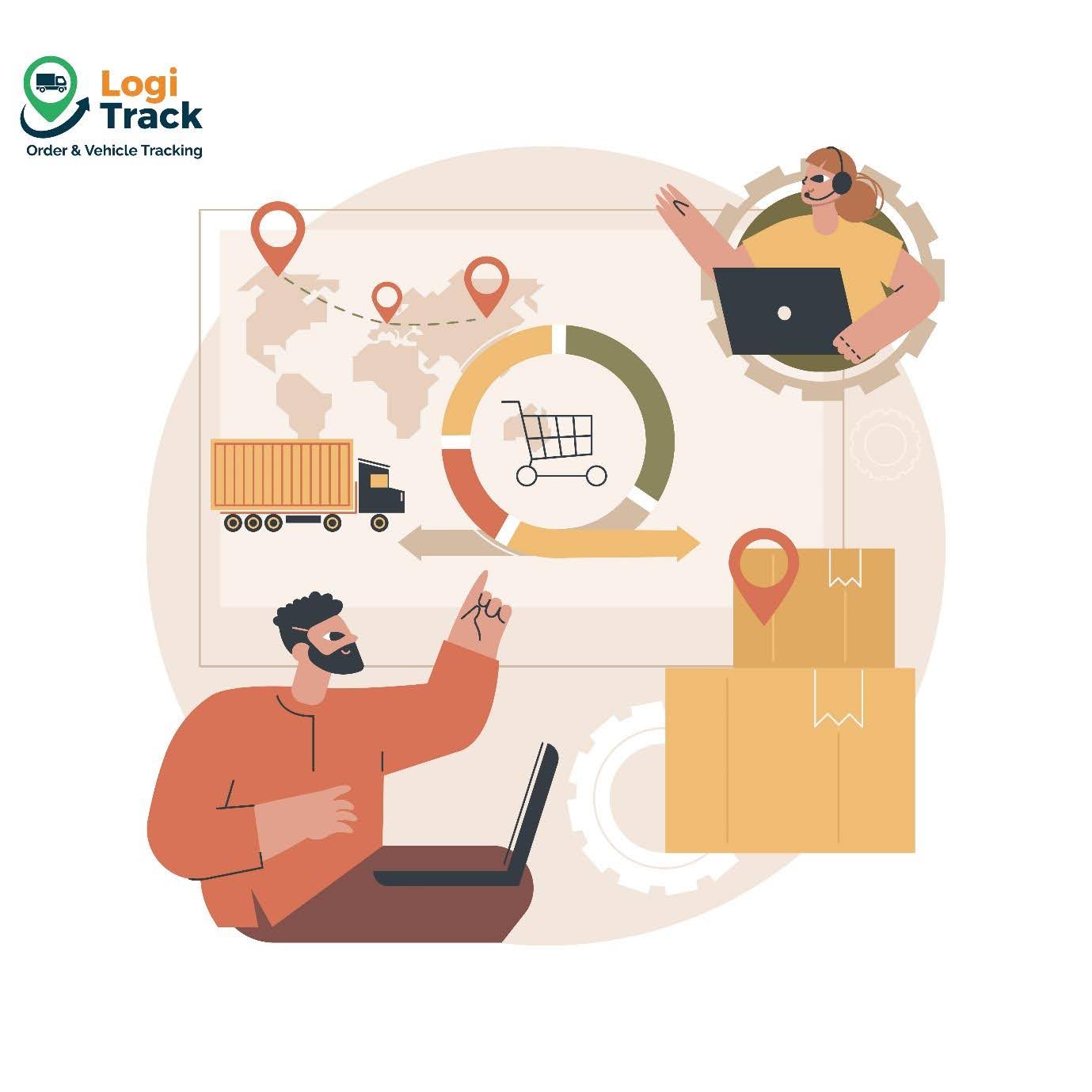
Central Data Management Layer
This is considered the “heart” of the freight management system. It stores and processes all data, including order details, transport routes, drivers, vehicles, warehouses, and customers. It is built on high-security platforms, ensuring fast processing speed and scalability.
User Interface Layer
This layer provides an intuitive and user-friendly interface featuring dashboards, maps, alerts, and data charts, allowing users to easily monitor order statuses and transport conditions.
Integration and API Layer
A crucial component that enables the software to connect with other systems such as ERP, CRM, WMS, or accounting software. This ensures seamless data synchronization, reduces manual entry, and minimizes errors.
Key Functions of Freight Management Software
Order Management and Dispatching
The software allows businesses to import orders from various sources such as websites, CRMs, e-commerce platforms, or manual inputs. It then automatically assigns shipments to suitable vehicles and drivers based on route, capacity, and schedule—reducing errors and ensuring maximum transport efficiency.
Route Planning and Optimization
One of the most powerful features of freight management software is automated route optimization. The system calculates the shortest, least congested, and most fuel-efficient routes while sequencing deliveries logically. This reduces fuel costs and travel time.
Real-Time Tracking and Order Monitoring
Integrated GPS and IoT technology enable live tracking of vehicle location, speed, stops, and delivery progress on digital maps. Customers can also check their shipment status via tracking codes, ensuring transparency and enhancing trust and customer satisfaction.
Vehicle and Driver Management
All information related to vehicles—license plates, load capacity, maintenance—and driver profiles are stored in a centralized database. The system automatically issues maintenance reminders, improving safety, reducing legal risks, and extending vehicle lifespan.
Cost Management and Performance Reporting
The software helps track expenses such as fuel, tolls, and maintenance costs. Businesses can evaluate operational efficiency by route, vehicle, or shipment. Reports are displayed through visual charts, enabling data-driven decision-making.
Conclusion
In today’s digital age, adopting freight management software provides maximum support for businesses. A comprehensive system helps digitize operations, reduce errors, and increase profitability.
Don’t let your company’s transportation process remain manual and costly. Choose Logitrack—the solution that helps businesses save time, reduce expenses, and enhance delivery efficiency for better freight management.
